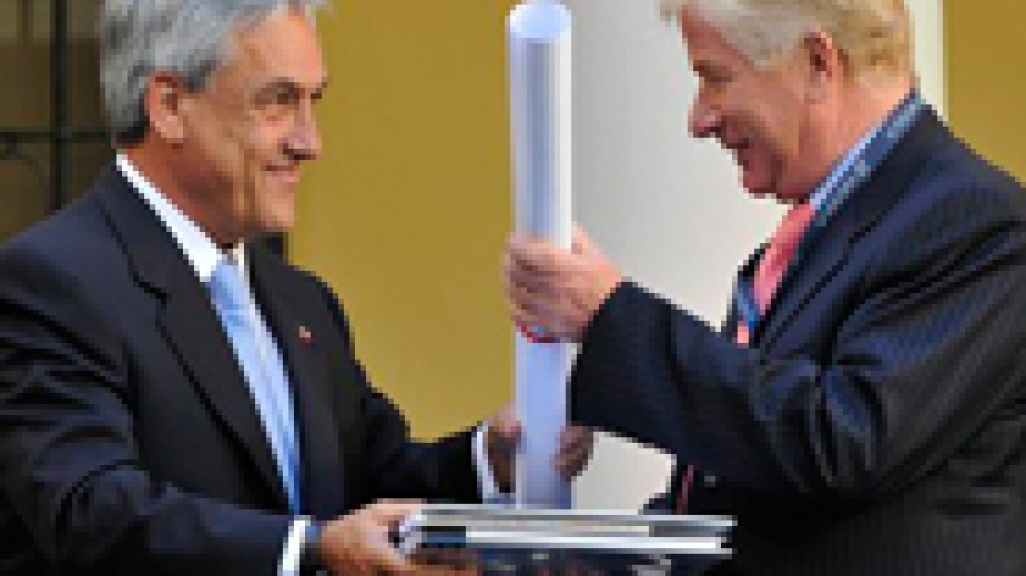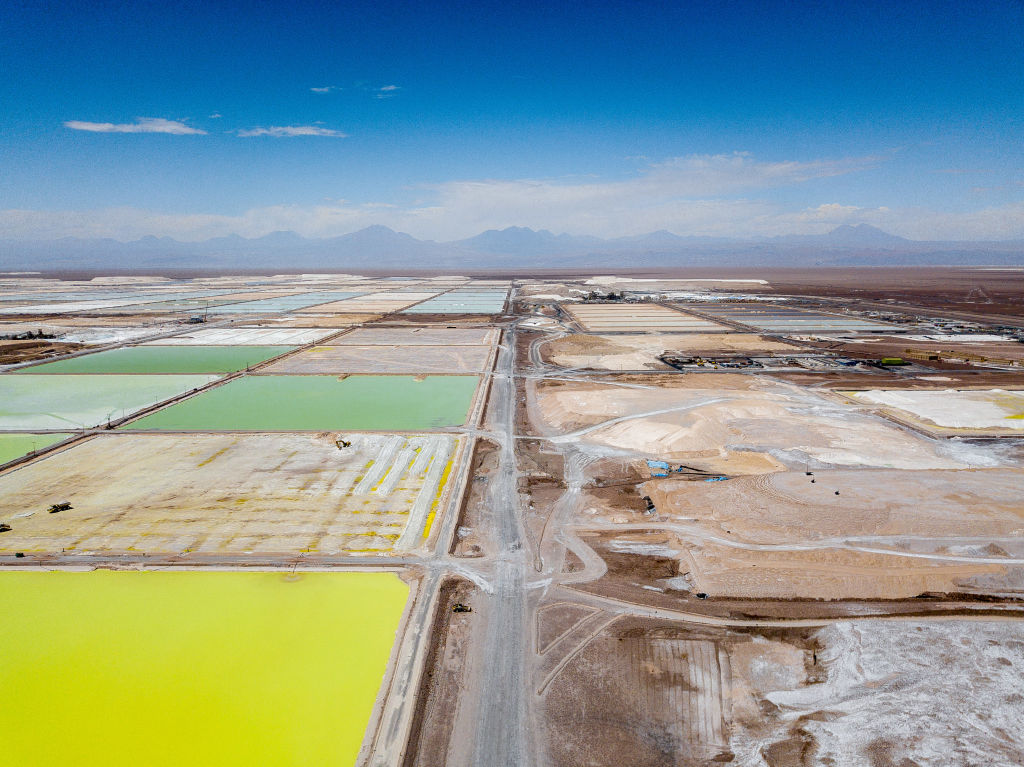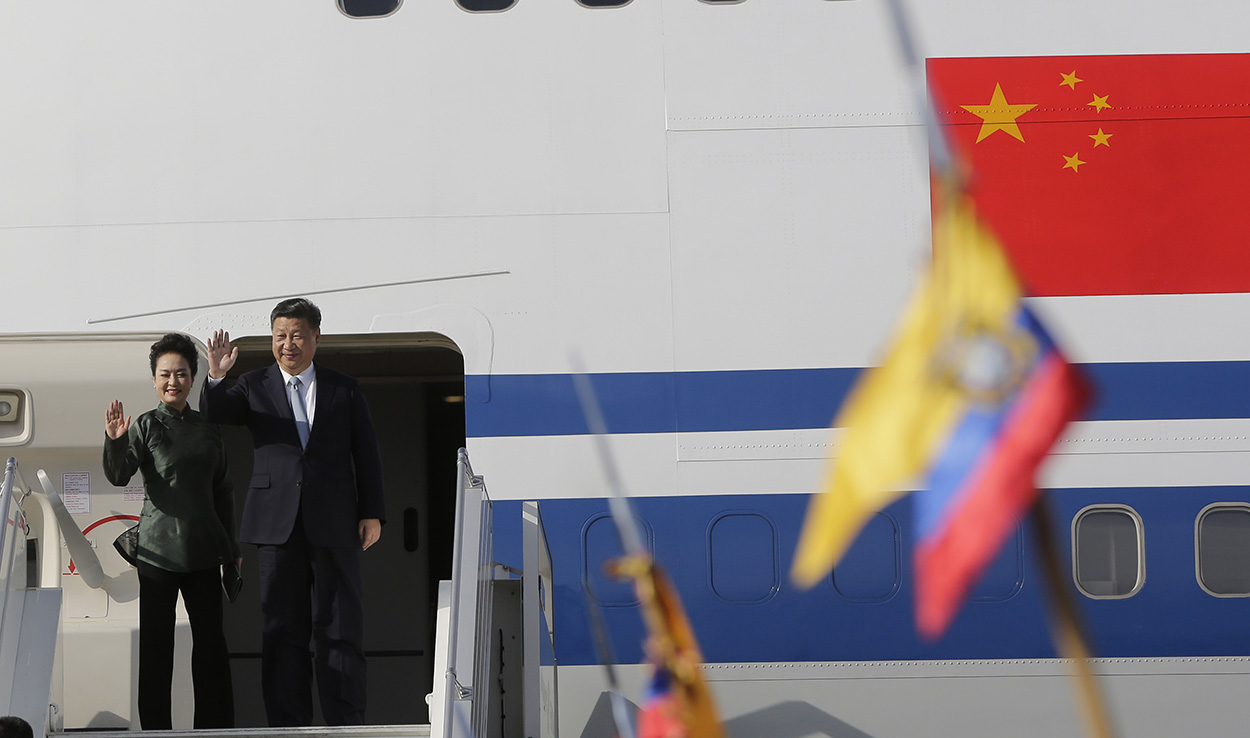Piñera Picks Chile's Next Cabinet
Piñera Picks Chile's Next Cabinet
Chile's President-elect Sebastián Piñera unveiled his cabinet on February 9, revealing a team of academics, business leaders, and lawyers. Piñera and his team take power on March 11.
Ahead of next month’s inauguration, Chilean President-elect Sebastián Piñera unveiled his cabinet on February 9. Piñera will serve as the country’s first conservative president since the country’s return to democracy in 1990, when the Concertación coalition took the reins for what would be two straight decades in power. Still, Piñera’s 22-member political team is made up of academics, business leaders, and lawyers who span the political spectrum. During a ceremony at Chile’s National History Museum, Piñera acknowledged that, despite legitimate differences among his chosen ministers, “we are united by a profound love for Chile.”
Piñera’s cabinet features 6 women, 13 members who received post-graduate degrees abroad; four members from Piñera’s own National Renewal (RN) party; four from the right-leaning Independent Democratic Union (UDI); and 14 independents, including one who previously served in a Concertación administration. The large number of independent ministers allays concerns that a large chunk of the cabinet would have ties to the Pinochet regime. Cristián Larroulet, appointed as the new chief of staff, served during the dictatorship. However, fewer Pinochetistas won appointments due to Piñera’s abandonment of the Concertación’s method of selecting cabinet members. “This will certainly be seen as a welcome change by most of Chile’s voters—long accustomed to a kind of ‘quota’ system used by the outgoing Concertación coalition, where certain ministries ‘belonged’ to certain political parties as part of a highly refined political spoils system,” writes Steve Anderson in The Santiago Times.
Piñera’s cabinet includes predictable names as well as surprises. The next finance minister, Felipe Larraín, knew Piñera from their time as Harvard University doctoral students and who served as his chief advisor on economic policy during the presidential campaign. Larraín’s appointment has been viewed as a “signal of macroeconomic continuity.” He pledged to help Piñera create 1 million jobs and realize 6 percent annual growth. Chile’s Central Bank estimates that the economy shrank by 1.9 percent in 2009, but predicts 4.5 to 5.5 percent GDP-growth in 2010.
University of Chicago-trained chair of Chile’s electronic stock exchange, Juan Andrés Fontaine, will assume the position of economy minister. Lawyer Rodrigo Hinzpeter takes over as interior minister is Piñera’s campaign chief. Alfredo Moreno, a director of Chile’s biggest retailer Falabella, will serve as foreign minister.
Making headlines is the unexpected appointment of lawyer Jaime Ravinet as defense minister. Ravinet previously served in the same capacity under former President Ricardo Lagos of the Concertación and was chosen, in part, to demonstrate a “national unity” cabinet. He resigned from the Christian Democrat Party on February 9 to take on his new position, but won the scorn of party members who have labeled him a “black sheep” for accepting a position in Piñera’s cabinet. The team’s heavy concentration of private-sector leaders and the lack of political experience have also drawn comment. New York University’s Patricio Navia writes that the new cabinet is comprised of more entrepreneurs than politicians, and that while the next cabinet probably possesses the strongest academic credentials in Chile’s history, it is one of the least politically experienced overall.
Piñera and his cabinet take office on March 11, 2010.
Learn More:
- AS/COA news analysis of the Chilean presidential elections.
- La Tercera interactive overview of the new cabinet.
- President-elect Piñera’s website.
- Piñera's remarks at the announcement of his cabinet members.
- Chilean Central Bank report on Chile’s monetary policy, December 2009.








